Results
-
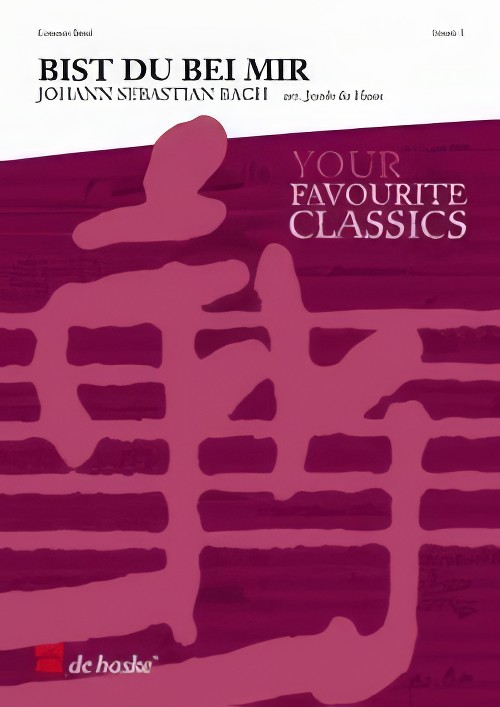 £84.99
£84.99Bist Du Bei Mir (Concert Band - Score and Parts) - Bach, Johann Sebastian - De Haan, Jacob
The song Bist du bei mir, geh' ich mit Freuden zum Sterben und zu meiner Ruh' (BWV 508) was composed by Johann Sebastian Bach for his second wife Anna Magdalena (1701-1760), who he married in 1721.The popularity of this song is probably due to the magnificent, sensitive melody that fits wonderfully with the text, in which a loved one is told that even death is beautiful "as long as you are there with me." This beautiful arrangement by Jacob de Haan is suitable for use in any concert.Duration: 3:00
Estimated dispatch 7-14 working days
-
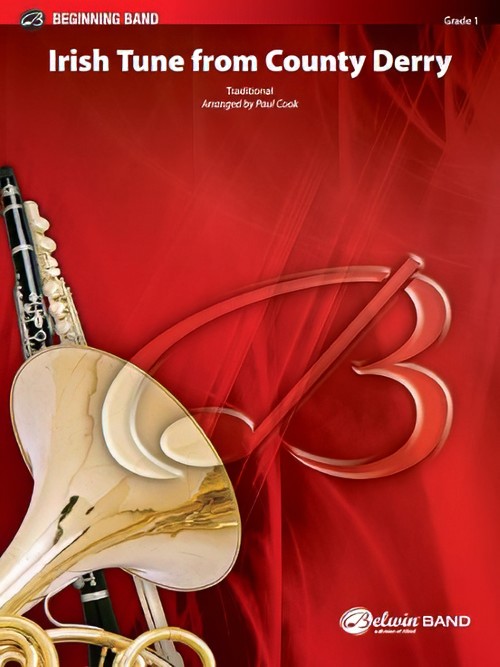 £53.95
£53.95Irish Tune from County Derry (Concert Band - Score and Parts) - Cook, Paul
It has been called the "Irish National Anthem," and has been adopted as a favorite tune by millions beyond the shores of that country. It also has served as the theme song for entertainers, and appeared in soundtracks on television and in motion pictures. This beautifully sensitive scoring brings the song into the concert band arena, playable by bands and ensembles of almost any level of skill. Gracious and elegant. Duration: 3.00
Estimated dispatch 7-14 working days
-
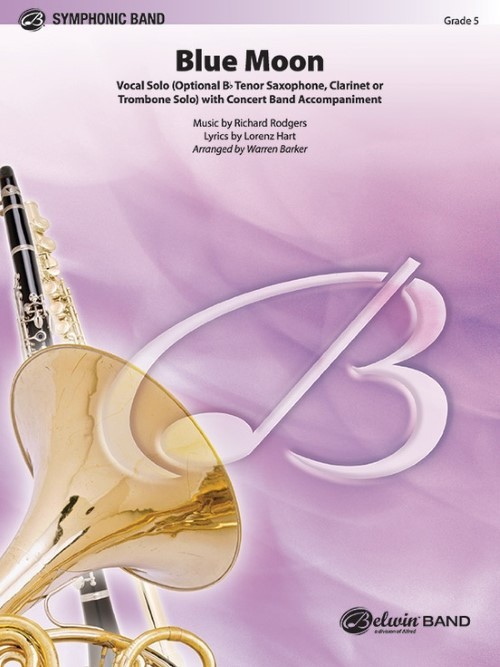 £84.50
£84.50Blue Moon (Vocal or Instrumental Solo with Concert Band - Score and Parts) - Hart & Rodgers - Barker, Warren
For Vocal Solo or optional Bb Tenor Saxophone, Clarinet or Trombone Solo. You can't keep a good song down! Written more than fifty years ago, this timeless ballad endures as new singers discover its delightful lyric message and very satisfying melodic and harmonic content. Warren Barker's oh-so-smooth scoring of "Blue Moon" guarantees that another generation will fall in love with this song. (Vocal range, A-flat below staff to third line B-flat, treble clef) Duration: 3:00
Estimated dispatch 7-14 working days
-
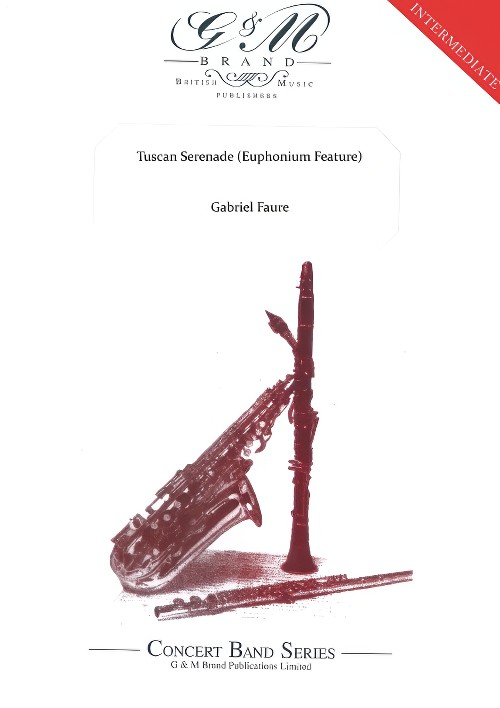 £84.95
£84.95Tuscan Serenade (Euphonium Solo) (Concert Band - Score and Parts) - Faure, Gabriel - Grainger, Percy
Hauntingly beautiful, Grainger captures the essence of Faure's song. A lovely euphonium solo sings the melody before the full ensemble expresses the mood of Tuscany and the poem that the Faure song is based upon.
Estimated dispatch 7-14 working days
-
 £16.95
£16.95Tuscan Serenade (Euphonium Solo) (Concert Band - Score Only) - Faure, Gabriel - Grainger, Percy
Hauntingly beautiful, Grainger captures the essence of Faure's song. A lovely euphonium solo sings the melody before the full ensemble expresses the mood of Tuscany and the poem that the Faure song is based upon.
Estimated dispatch 7-14 working days
-
£84.99
Die Post im Walde Wind Band Set (Score & Parts)
During his lifetime, Heinrich Schaffer (1808-1874) was a famous singerand singing teacher. With his compositions for male-voice choir, hewas very influential in northern Germany. Nowadays, little is left ofthis man?s fame. Only his song Die Post im Walde is regularly performedwith much enjoyment by many men?s choirs. This beautiful song is nowavailable for trumpet and concert band. 0:04:30
Estimated dispatch 7-14 working days
-
£74.99
Happy Together (Concert Band - Score and Parts)
The pop group, The Turtles, were one of the best-known bands during the 1960s with nine top 30 hits. This was quite an accomplishment considering that this era was dominated by megastars such as The Beatles, The Rolling Stones, Motown and other huge names. In 1966 The Turtles released the love song Happy Together which gave them their first number one hit single. Today this song, with its catchy chorus, is regarded as an evergreen and this arrangement will make a welcome addition to your light concert repertoire. 03:00
Estimated dispatch 7-14 working days
-
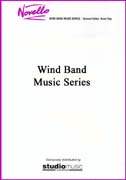 £32.95
£32.95SUITE OF ENGLISH FOLKDANCES (Symphonic WB Extra Score) - Tomlinson, Ernest
Extra score only. In 1951 Ernest Tomlinson, at the invitation of his sister Freda, attended a Festival of Dance and Song presented by the English Folk Dance and Song Society. He was so captivated by the tunes danced to, that he resolved to write an orchestral suite based on some of them. The composer's arrangement for wind band follows closely the textures and colour contrasts of the orchestral original. The Suite, which is dedicated to his sister, is in six movements, all the tunes being selected from the first edition of John Playford's The English Dancing Master. Includes: Jenny Pluck Pears; Ten Pound Lass; Dick's Maggot; Nonesuch; Hunt the Squirrel; Woodicock. Duration: 12 mins.
Estimated dispatch 7-14 working days
-
 £164.95
£164.95SUITE OF ENGLISH FOLKDANCES (Symphonic WB) - Tomlinson, Ernest
Score & Parts. In 1951 Ernest Tomlinson, at the invitation of his sister Freda, attended a Festival of Dance and Song presented by the English Folk Dance and Song Society. He was so captivated by the tunes danced to, that he resolved to write an orchestral suite based on some of them. The composer's arrangement for wind band follows closely the textures and colour contrasts of the orchestral original. The Suite, which is dedicated to his sister, is in six movements, all the tunes being selected from the first edition of John Playford's The English Dancing Master. Includes: Jenny Pluck Pears; Ten Pound Lass; Dick's Maggot; Nonesuch; Hunt the Squirrel; Woodicock. Duration: 12 mins.
Estimated dispatch 7-14 working days
-
£184.99
Il Cantico - Oliver Waespi
Commissioned by the Stadtharmonie Zurich Oerlikon-Seebach for the 2005 WASBE Conference in Singapore"Il Cantico" was inspired by the poem "Cantico di Frate Sole" (Canticle of Brother Sun) by St. Francis of Assisi. In this famous mystic poem, St. Francis expresses his gratitude to God for the creation of nature, the sun, the earth and the living beings."Il Cantico" is based on specific parts of St. Francis's poem. A slow, dreamlike song in the flute leads gradually to the appearance of the sun, the light energy of which is expressed by radiant, powerful music in the brass instruments. The next, slower part of the work is dedicated to the moon (sora luna), a sort of mirror of thesun, and to the stars (le stelle). The music becomes more thoughtful, leads to a calm sound field in the woodwinds and later to a mystic horn solo. Still during the slow part, several chord fragments flash up, thereby announcing the fast ultimate part of the work. This part is about the fire (frate focu) illuminating the night, some sort of representative of the sun on earth. Towards the end of the work, the sun theme is combined with the fire theme.Besides these images, a purely musical structure guides the development of Il Cantico. Almost the entire piece evolves from a basic four-tone cell which appears in the horns and flute at the beginning. Consequently, the work is mainly monothematic and structured in the form of a metamorphosis. The basic cell gradually leads to a rich melodic and harmonic development. This basic material is later completed by a new chord series belonging to the fire theme. In the conclusion both approaches are combined.
Estimated dispatch 7-14 working days
